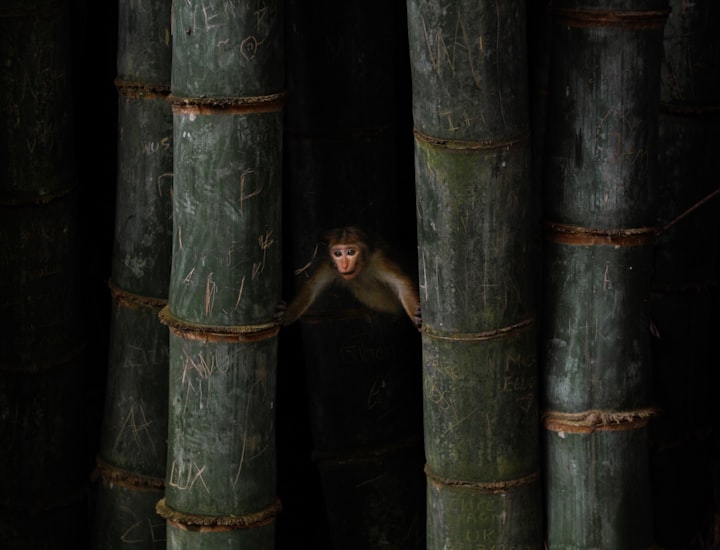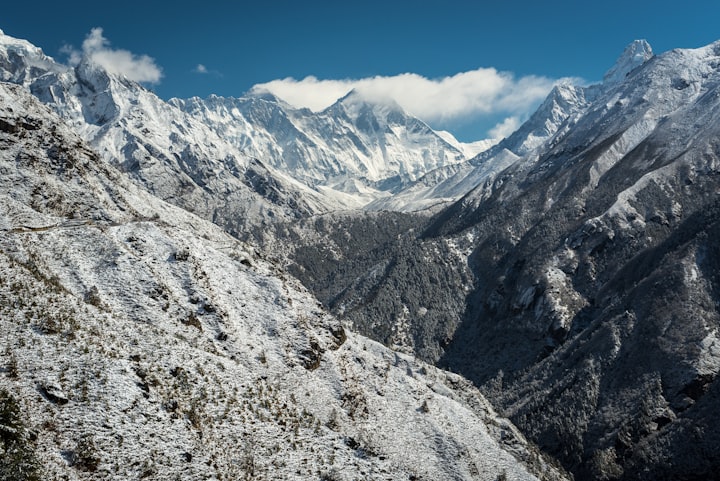Peradeniya - The Main Botanical Garden of Sri Lanka
Peradeniya

Royal Botanic Gardens, Peradeniya are about 5.5 km to the west of the city of Kandy in the Central Province of Sri Lanka. In 2016, the garden was visited by 1.2 million locals and 400,000 foreign visitors.[1] It is near the Mahaweli River (The longest river in Sri Lanka).[2] It is renowned for its collection of orchids. The garden includes more than 4000 species of plants, including orchids, spices, medicinal plants and palm trees.[3] Attached to it is the "National Herbarium of Sri Lanka". The total area of the botanical garden is 147 acres (0.59 km2), at 460 meters above sea level, and with a 200-day annual rainfall. It is managed by the Department of national botanic gardens.
The origins of the Botanic Gardens date as far back as 1371 when King Wickramabahu III ascended the throne and kept court at Peradeniya near the Mahaweli river. This was followed by King Kirti Sri and King Rajadhi Rajasinghe. A temple was built on this location by King Wimala Dharma, but it was destroyed by the British when they were given control over the Kingdom of Kandy.[citation needed]
Thereafter, the groundwork for a botanical garden was formed by Alexandar Moon in 1821. He used the garden for coffee and cinnamon plants.[4] The Botanical Garden at Peradeniya was formally established in 1843 with plants brought from Kew Garden, Slave Island, Colombo, and the Kalutara Garden in Kalutara. The Royal Botanic Garden, Peradeniya was made more independent and expanded under George Gardner as superintendent in 1844. On Gardner's death in 1849 George Henry Kendrick Thwaites became superintendent. He served until he resigned in 1879, when he was succeeded by Henry Trimen, who served until 1895.[5][6]
The garden came under the administration of the Department of Agriculture when it was established in 1912.
There are avenues in the River Drive such as Cook's Pine Avenue, Palmyra Palm Avenue, Double Coconut Avenue, Cabbage Palm Avenue, and Royal Palm Avenue.[7] The classical Avenue of Palms is in this Garden. One item with a significant history is the Cannonball Tree planted by King George V of the United Kingdom and Queen Mary in 1901. It is often laden with fruit, which are thought to resemble cannonballs.
During World War II, the Botanic Garden was used by Lord Louis Mountbatten, the supreme commander of the allied forces in the South Asia, as the headquarters of the South East Asia Command.
The gardens were used as a location in the 1957 film The Bridge on the River Kwai.
Peradeniya is famous for the Royal Botanical Gardens of Peradeniya. It is situated in a slope of the Mahaweli river and attracts many visitors from Sri Lanka as well as from abroad.
Another key attribute of this city is the University of Peradeniya. Its buildings are of mixed colonial and traditional Sri Lankan/South Asian styles, and located amongst the lush vegetation of the hill country. The Department of Agriculture is also located here. The Sri Lanka Telecom Training Centre is situated here.
West of the town lies the small historical town of Kadugannawa.
The gardens are home to a large and diverse variety of plants especially including endemics and species extinct in the wild. This 60 ha land at an elevation of 460 mt. above sea level in Peradeniya includes 4000 plant species.
The gardens were founded in 1821 primarily to introduce coffee trees and various other tropical plants of economic importance to the region. Even after it took on a more botanical emphasis in the 1840s, the garden remained a centre for horticultural activities. Under the directorship of the botanist George H.K.
It is near the Mahaweli River (The longest river in Sri Lanka). It is renowned for its collection of orchids. The garden includes more than 4000 species of plants, including orchids, spices, medicinal plants and palm trees. Attached to it is the "National Herbarium of Sri Lanka".
The gardens house botanic collections (conserved plants, living plants and documents) that have been considerably enriched through the centuries. Since their creation in 1759, the gardens have made a significant and uninterrupted contribution to the study of plant diversity and economic botany.
About the Creator
Reader insights
Outstanding
Excellent work. Looking forward to reading more!
Top insights
Compelling and original writing
Creative use of language & vocab
Easy to read and follow
Well-structured & engaging content
Excellent storytelling
Original narrative & well developed characters
Expert insights and opinions
Arguments were carefully researched and presented
Eye opening
Niche topic & fresh perspectives
Heartfelt and relatable
The story invoked strong personal emotions
Masterful proofreading
Zero grammar & spelling mistakes
On-point and relevant
Writing reflected the title & theme





Comments (1)
Nice work.. Keep it up